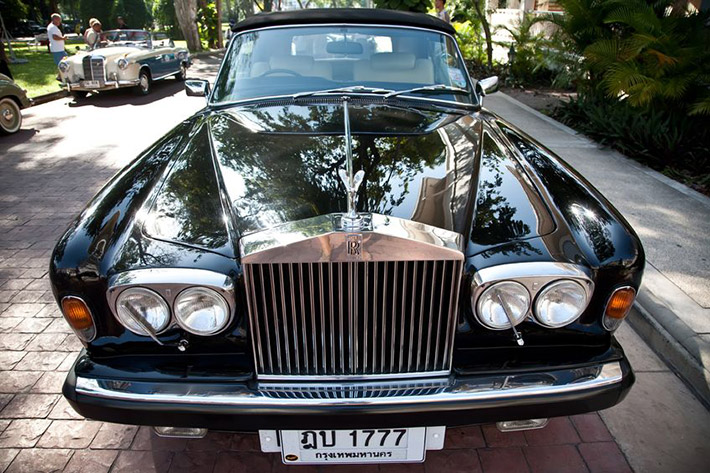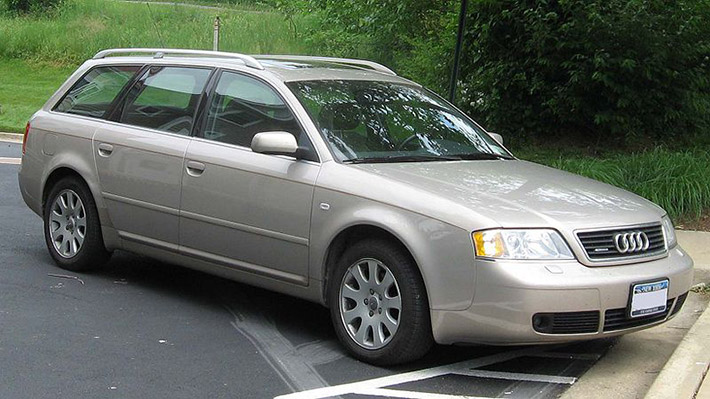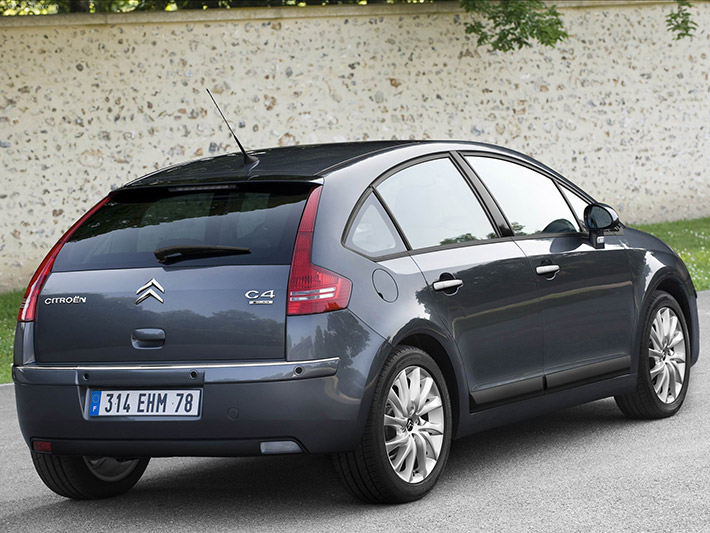The European Car of the Year award is an annual award for a single, decisive winner among all competing cars. The award was established in 1964 by a number of automotive magazine publishers across Europe. Motoring journalists from each country make up the jury. The 2012 jury consisted of 59 members from 23 member countries. This is an extremely prestigious award in the European car market and it is considered to be quite fair because journalists are usually pretty good at deciding which car is the best.
Cars that are nominated go on to be evaluated on the following criteria: design, comfort, safety, economy, handling, performance, functionality, environmental requirements, driver satisfaction and price. Other important factors that are taken into consideration include value for money as well as motoring innovation. Seven cars make the final shortlist and in the final voting, each jury member is given 25 points to distribute among the cars that remain.
The list of winners categorized by car manufacturer is rather surprising. The well-known, prestigious brands have not won the award as many times as people might expect. Mercedes Benz only won once back in 1974 with their Mercedes S-Class. Volkswagen have only won twice (in 1992 for the Golf and in 2010 for the Volkswagen Polo). Toyota have also won only twice (in 1992 for the Yaris and in 2005 for the Prius). Same with Audi – it has only received the award twice, last time being 1983 for the Audi 100. Mitsubishi and Subaru; two of the most well-known Japanese brands, have never won. The top winners are Fiat (9 wins), Renault (6 wins) and Ford (5 wins).
The Most Famous Runners-Up
Rolls-Royce Silver Shadow
Large gas-guzzling and family-unfriendly cars were still acceptable in the late 1960s. That’s why RR Silver Shadow and Oldsmobile Tornado came close to winning the award. It was eventually snatched by Renault 16. The Rolls Royce Silver Shadow is one of the best cars that has never won the award, well, at least for the 1960s standards. It was the first Rolls with a monocoque body and for the traditional British car manufacturer this model was an unbelievable leap forward. This car remains the best-selling Rolls Royce of all time with 30,000 units sold worldwide.

Jensen FF
In 1967 another British model was pipped to the post by less exciting continental models. If anyone, the Jensen FF deserved a win. It’s the first production passenger car to feature an ABS and a full-wheel drive. From the technical perspective this is a faultless car, however, the high retail price meant it received the 3rd place in the vote.
BMW 3-Series
It was really unfortunate that the 3-Series didn’t win the European Car of the Year award. 1976 was a strange year – it saw the Simca 1307 take the title. Many experts consider this a very weird voting – there was nothing special about the Simca, whereas the 3-Series was the first German car to include several passive safety features.
Volvo 760
In 1983 when the big Volvo just appeared, the observers instantly formed two distinctive camps – some loved it while others hated it. Surprisingly the journalists considered it to be too big and powerful for Europe. Nevertheless the 760 achieved major commercial success and was even used as a police car in several countries.
Audi A6
The 2nd generation Audi A6 was built on a brand-new platform with a new range of engines and a much improved quality control. It was definitely one of the most eagerly awaited car debuts of 1997. The recent Audi car finance data ranks the Audi A6 among the most popular executive cars sold in the UK. Why did this car not win the award? You could put it down to bad timing with so many good cars appearing at once, however, the Alfa Romeo 156 won the European Car of the Year with whopping 454 points, leaving the VW Golf in the 2nd place with 266 points. The Audi A6 lost to Golf by a margin of a single point!

audi a6
Ford Mondeo
This is really rather unfortunate. The new Mondeo of 2001 was an accomplished car and it had gone a long way towards the right direction comparing with the previous generation. In the final vote the Mondeo lost out to the award by scoring one point less than the rather average Alfa Romeo 147.
Citroën C4
In 2005 the theme of the year was Going Green. That’s why the majority of journalists decided to give their vote to Toyota Prius – a car that was certainly unlikely to achieve high sales volumes in Europe. You may argue that the C4 was just a more stylish version of the Peugeot 307 but in fact it deserved the prize on its style merit alone. The Citroen C4 is an iconic car that changed the direction of European car design.

Glitches in voting are possible because of the voting system and criteria, that the best cars will not win or even make it to the top seven shortlisted cars. In 2010, the Volkswagen Polo was first with 347 votes, the Toyota iQ was second with 337 votes and the Opel Astra was third with just 221 votes. As you can see, the first and second places were separated by a mere 10 votes. This just shows that any car can make it into the top three and any car can win. While the Toyota iQ or the Opel Astra may be the choice for many consumers, the voting result show otherwise.